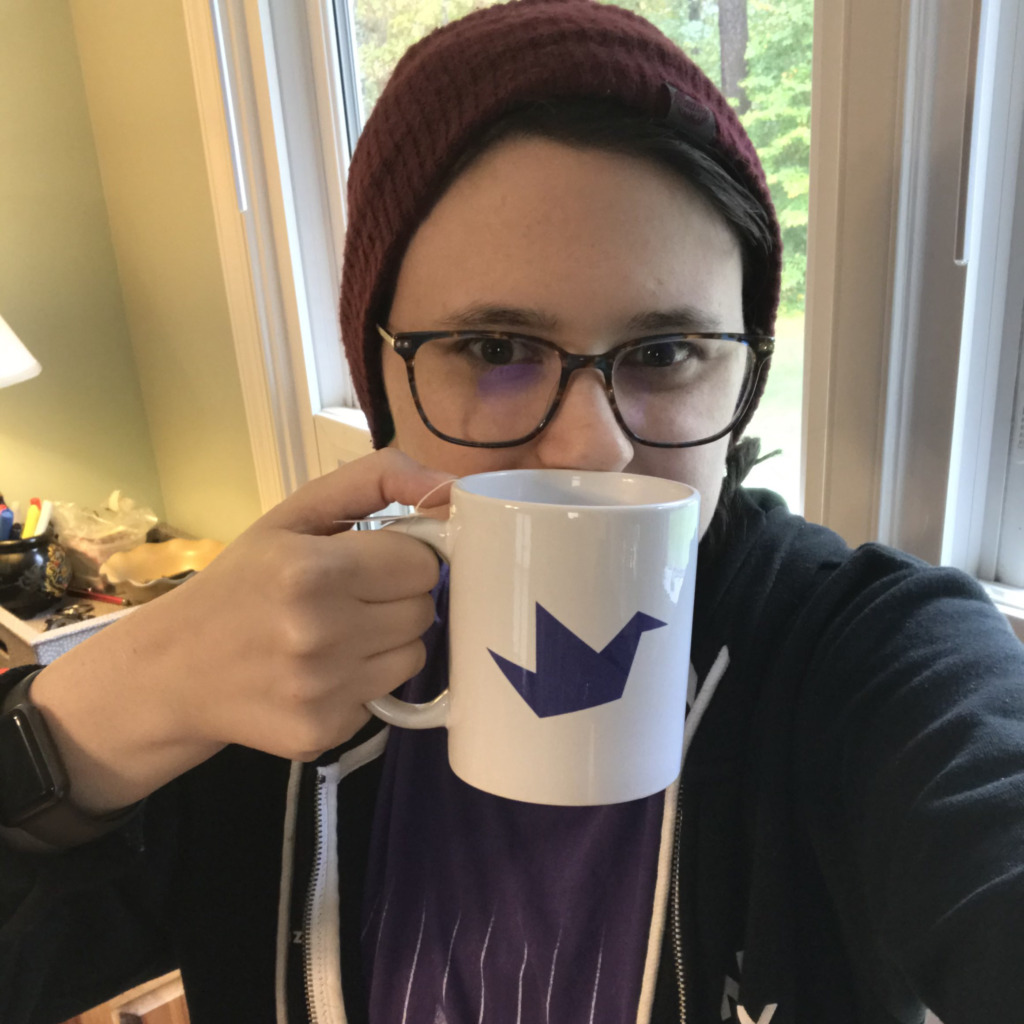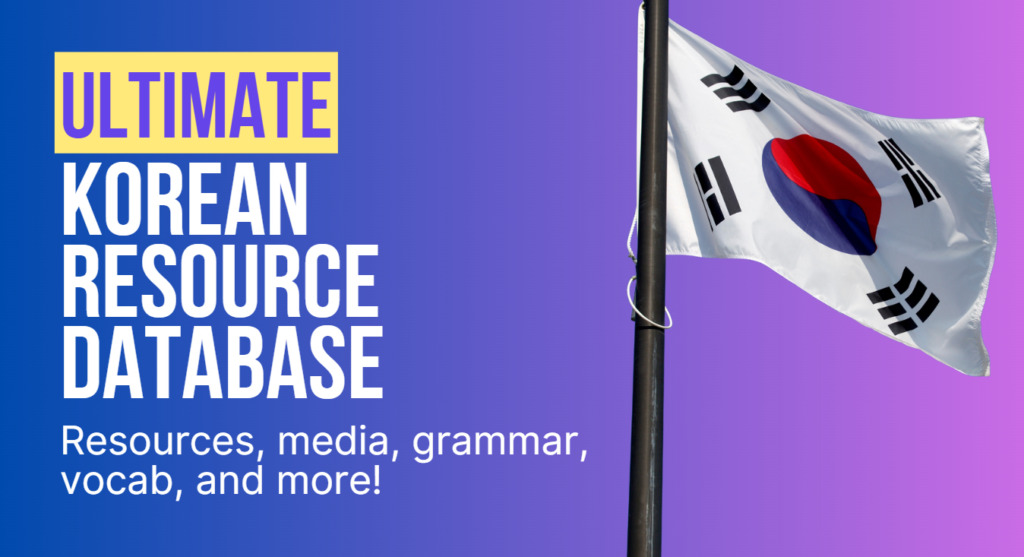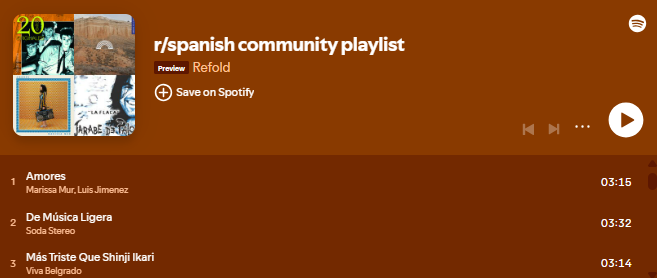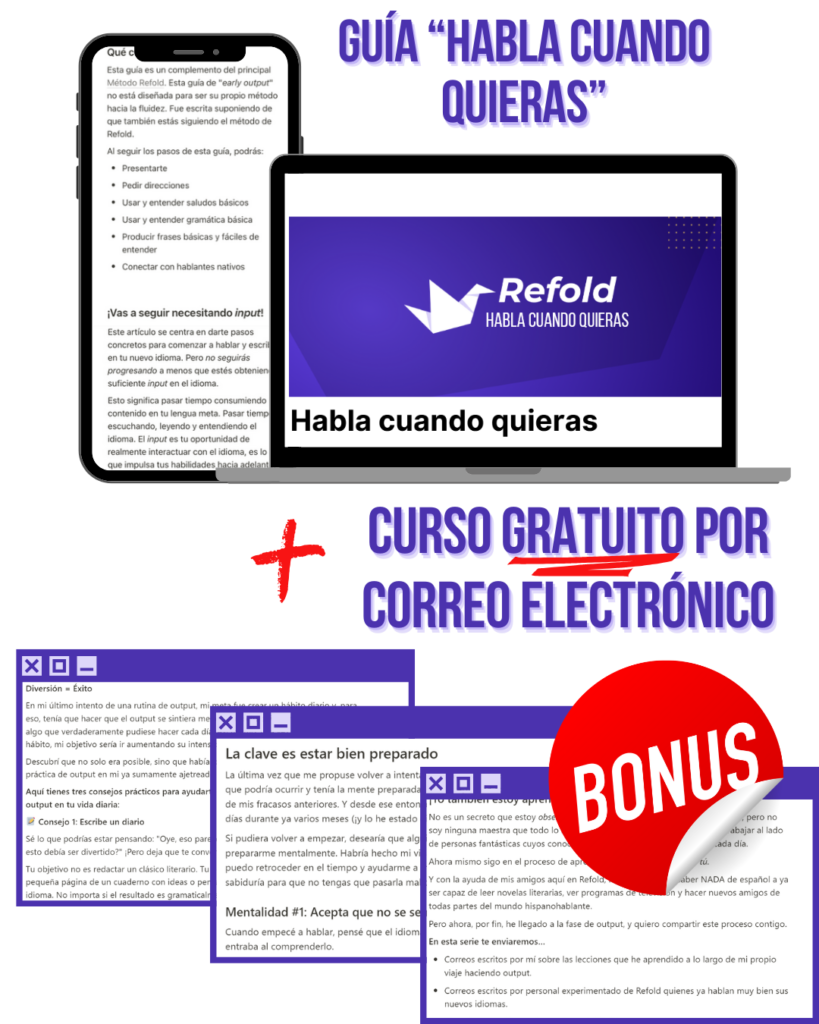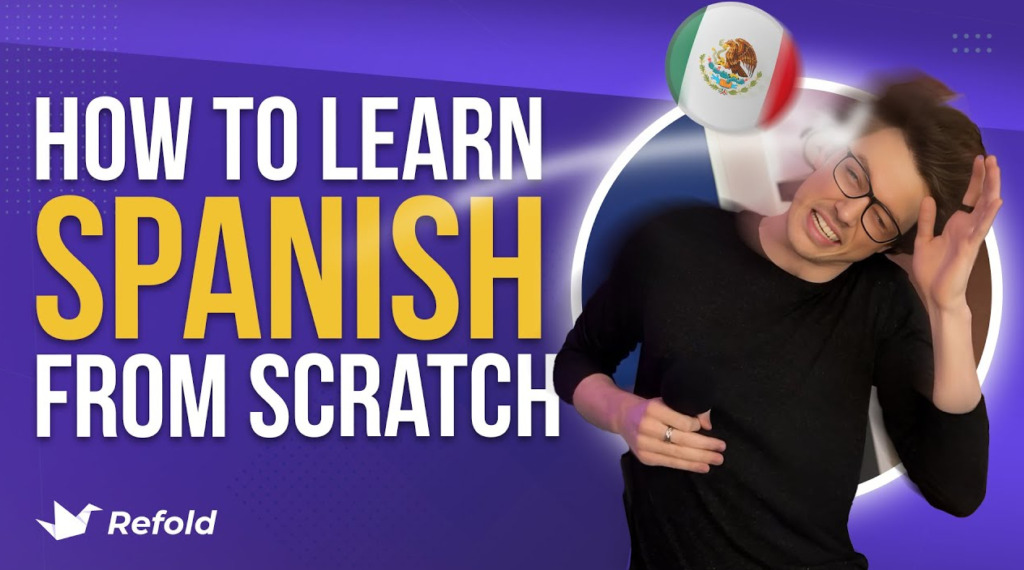
¡Hola mi gente! ¿Cómo están el día de hoy? Or, in other words…Hey everyone, how are you doing today? My name’s Ben, and I’ve been learning the Spanish language for over three years.
I use the language every single day, and I live in a Spanish-speaking country. I’d say that I’m doing pretty well!
I feel comfortable…
- Communicating.
- Dealing with the day-to-day issues you face as an expat living in a foreign country.
- Thinking in the language.
I’d even say that my accent is pretty good, too!
Want proof? I recorded this entire blog as a video, and the intro is mostly in Spanish. Click here to check it out!
But what if I bumped my head and forgot all my Spanish?
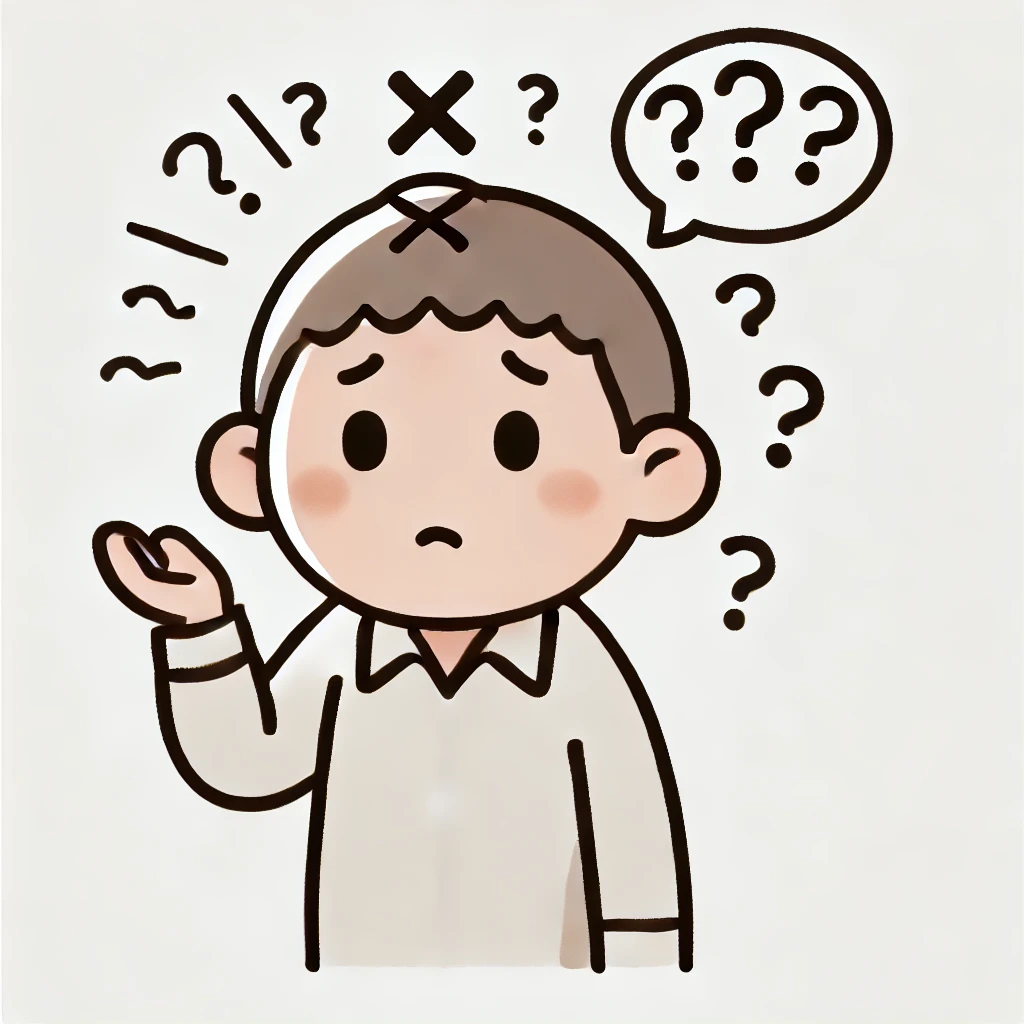
How Would I Learn the Spanish Language All Over Again?
Honestly, I wouldn’t change much in learning the Spanish language again. I was lucky to find the Refold method before I spent much time learning. There are a few things I’d do differently, though. I’ll cover all of them in this post.
But before I get into all that…
If you’re here and never heard of Refold, welcome! We’re thrilled to have you here. I’ll make this guide as beginner-friendly as possible, but this will be a lot of information. So, I recommend you check out our FREE 6 Secrets of Language Learning course. It’s a free email course that covers the most important lessons for a new language learner. Enter your email below to sign up!
Like what you see?
Sign up now and we'll deliver even MORE amazing content like this right to your inbox!
- Receive our exclusive 6 SECRETS to language learning success email course.
- Stay motivated with weekly emails overflowing with helpful language-learning tips, tutorials, and more!
- Get behind the scenes access into the inner workings of Refold!
Get our 6 SECRETS to language learning success
Ok, now let’s go back to how to learn Spanish from zero. To begin with, I’d…
Start With the Fundamentals of Learning Spanish
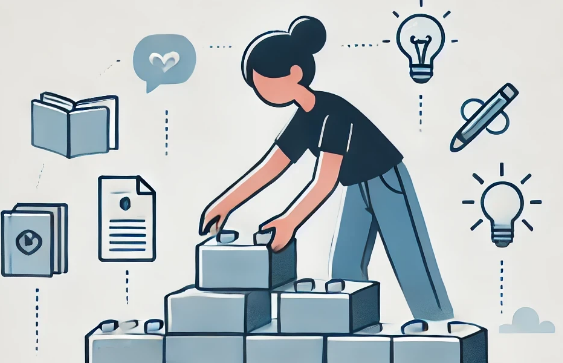
Since I’m a beginner again, I’d start by focusing on the fundamentals of learning Spanish by:
- Learning common vocabulary.
- Learning the basics of how the language functions.
- Learning about the shared words (cognates) between Spanish and English.
Lucky for you, we have resources for all of those! Many of us at Refold are passionate Spanish learners and love the language. So we put a ton of time into creating resources for beginner Spanish learners, including:
- The ES1K vocabulary deck. It’s a flashcard deck with 1,000 of the most commonly used Spanish words in media.
- The Spanish Grammar Primer. It’s an immersion-friendly grammar resource that breaks down grammar points to help you understand native Spanish media.
- The Spanish Cognate Guide. This guide will help you unlock thousands of words in Spanish by leveraging your English knowledge.
Next, I’ll talk about a resource that I wish I discovered much earlier in my Spanish journey.
Dreaming Spanish Videos: The Best Spanish Learning Resources for Beginners
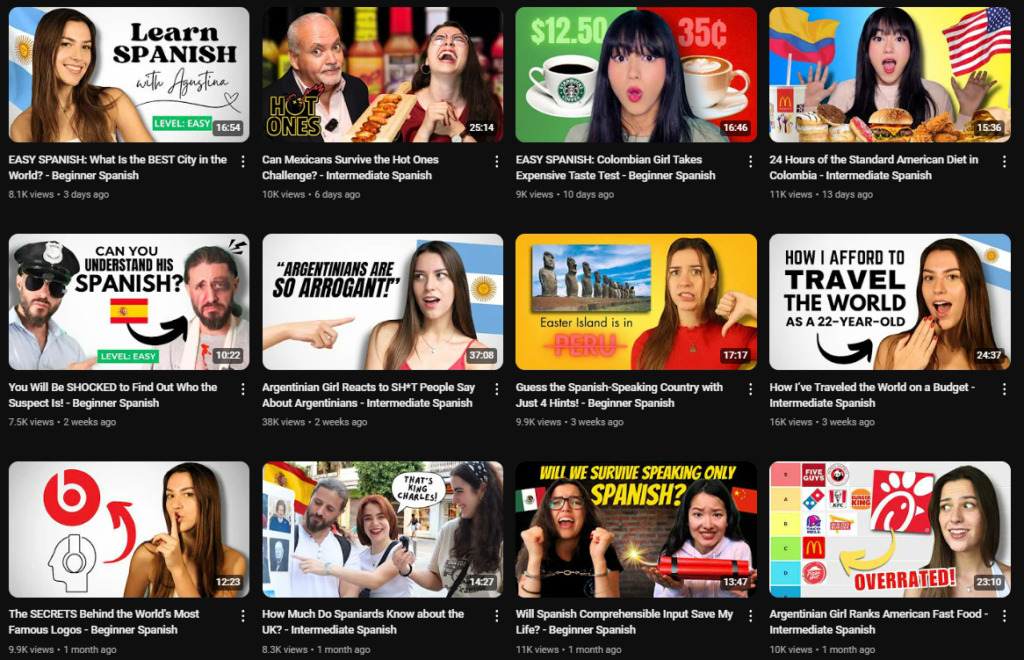
I discovered Dreaming Spanish after I had reached an upper intermediate level, but I wish I discovered them earlier when I was learning the Spanish language. It’s truly one of the best Spanish learning resources for beginners.
They’ve made 100s (maybe even 1,000s) of excellent, easy, and understandable videos for all levels of Spanish learners on a variety of subjects including (but not limited to):
- Daily life
- Humor
- Cooking
- Dating
- Politics
- And the list goes on…
However, as amazing as their videos are, I wouldn’t follow all of their advice about how to learn Spanish. To sum it up, they advocate a strict listening-only approach to language learning and believe that reading too early could “screw up your accent.”
At Refold, we have not uncovered any evidence to support this. In fact, we actually discovered that the opposite is true!
We’ve found that reading early on (with accompanying audio) helps beginners progress much faster. You can see what you should be hearing. You learn words faster and can use more engaging materials quickly.
With that in mind, if I were to learn Spanish all over again, I’d watch Dreaming Spanish videos with subtitles.
In addition to watching Dreaming Spanish, I’d also…
Watch Lots of TV to Learn Spanish

Can you teach yourself Spanish with TV? Yes! Learning the Spanish language with television IS possible—even if you’re a beginner!
If I had to start over again, I’d watch TV as early in the process as possible. This is actually something that I did, and I’d do it again if I had the chance.
I watched a ton of TV in Spanish—hundreds and hundreds of hours. I think that’s one of the main reasons I made such quick progress in my Spanish learning. Here’s why it’s great:
- It’s entertaining! The TV shows I watched had huge production budgets with quality video and audio!
- It was easier to understand because I could read along with the subtitles, listen to the emotion in the actors’ voices, and see what was happening on the screen!
- I listened to natural Spanish, not the slowed-down, careful speech you hear in beginner resources.
- I was exposed to a wide range of accents without it being confusing.
I would definitely do that again, starting with simpler shows and working my way up, which brings me to my next point.
Pick Just One Accent To Focus On When Learning Spanish
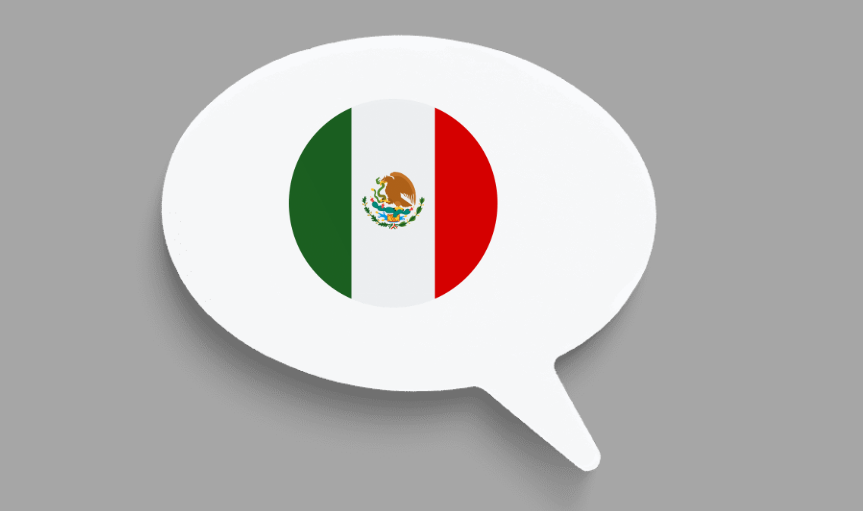
This is something else that I’d do. Choosing an accent early on is a good decision because:
- The earlier you choose an accent, the easier it is to understand the regionalisms and dig deep into the culture.
- It allows you to make fewer decisions and learn more about how real people use the language.
- With a language like Spanish, there are a lot of differences in the language between countries.
Personally, I went with Mexico for many reasons, and I’d probably do that again. There is so much great Mexican content out there, and I live in Mexico—so it seems like the obvious choice.
Then, to get the most out of my immersion material, I’d…
Use Anki to Learn Spanish Vocabulary
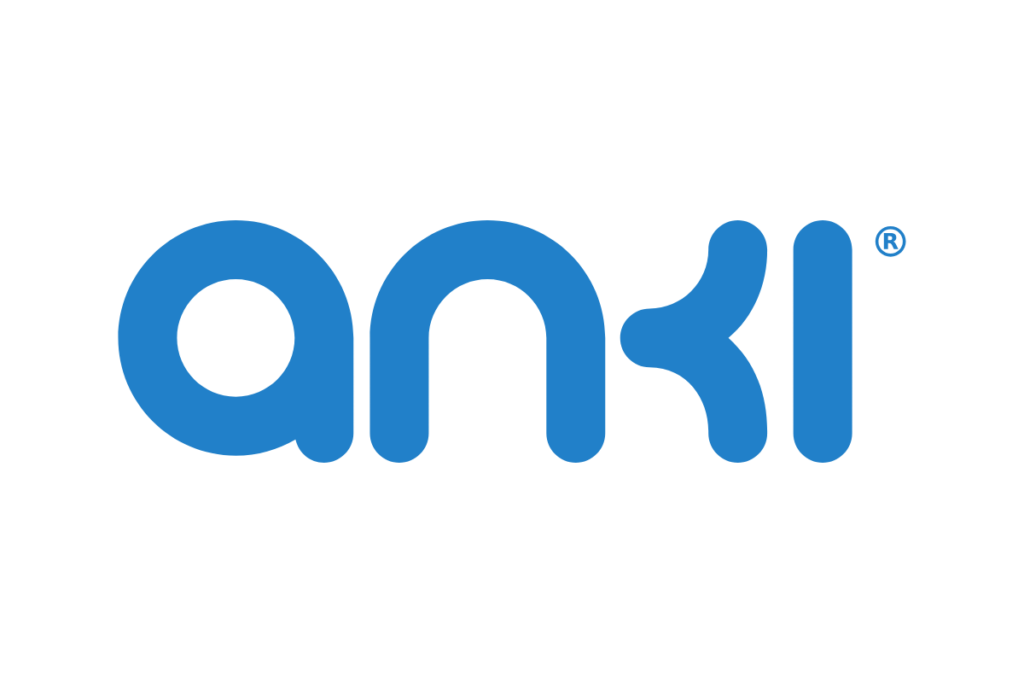
Anki is one of my favorite vocabulary review programs. It’s a flashcard app that allows you to use premade decks and even create your own! (Click here to learn more about Anki and how to use it).
I’d use the Refold ES1K vocabulary deck to learn the 1,000 most commonly used words in Spanish media, then transition to sentence mining. This is a technique where you collect new words and sentences directly from your immersion content with a program like ASBplayer or Migaku. (Click here to watch my sentence mining tutorial with ASBplayer.)
One thing that I’d change is that I’d stop sentence mining after 2-3,000 cards. Making Anki cards can be really addicting, and it’s easy to make cards till you have 10k or more. But the truth is having that many cards isn’t very useful. There’s a limit to how many words you need to have at the tip of your tongue at every moment, and it’s better to focus on the most common words you encounter often.
Discover Tons of Content for Spanish Learning
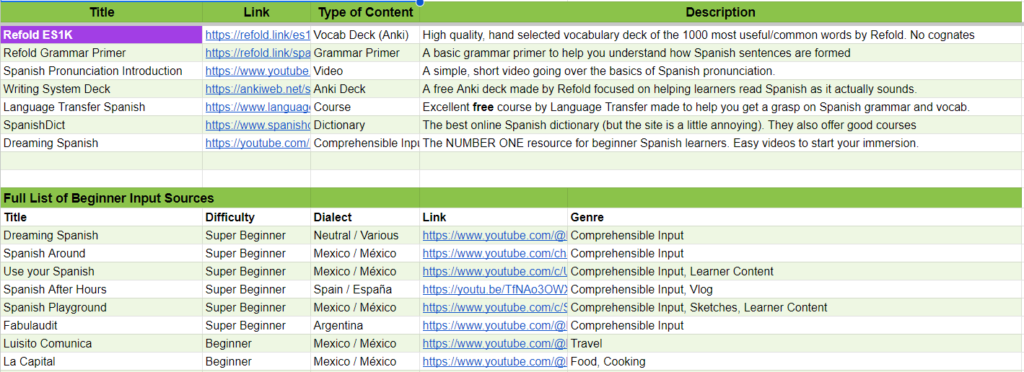
Another thing that I’d change is that I’d utilize the Refold Crowdsource Doc to find immersion content.
Unfortunately, it wasn’t around when I first started learning Spanish, but it would have saved me so much time on my hunt for engaging Spanish content.
This doc has hundreds of materials for Spanish learners, from YouTube channels and playlists to TV shows, books, and even video games. Click here to check it out.
Read Early and Often to Learn Spanish

Let’s talk about learning Spanish with reading. I’ve made videos in the past talking about my reading in Spanish. I think it’s the other key reason why I’ve gotten so far in a relatively short time. I’ve read millions of words, and that number is only going up!
I would start reading books pretty early, much like I’ve done in Czech. Specifically, I’d use Lute to do my reading. The ability to save all the words I read and access quick lookups is so valuable.
I’d actually use all the tips I gave in my recent video on reading early. You can go watch that video for a more in-depth review, but in short:
- I’d start with graded readers.
- I’d read books I already knew well.
- I’d listen along with the audiobooks to help keep speed.
- I’d read in Lute to save new words and make look-ups easier.
Jump Into Crosstalk
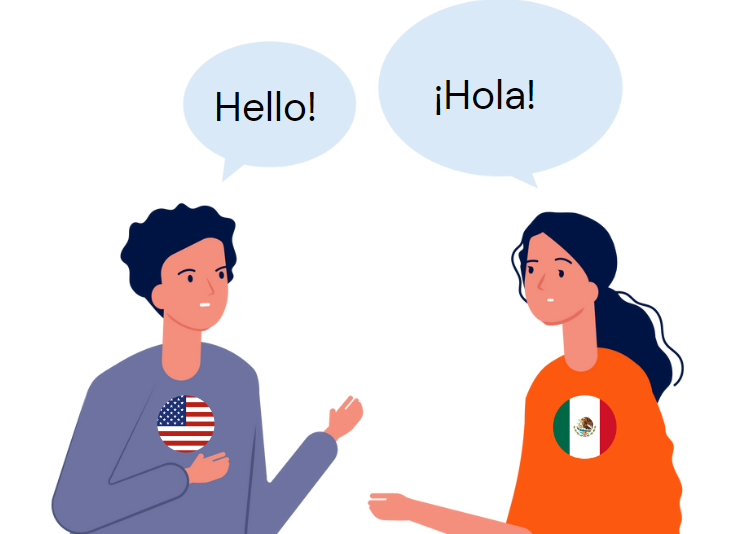
This is the final input-related thing that I’d change. I’d get into crosstalk much earlier and spend as much time as possible doing it.
Crosstalk is when you find a native speaker of the language you want to learn that is also learning your language! Then, you have a conversation with them, and you both speak your native language.
For example, in my case, I’d speak completely in English while my conversation partner speaks only in Spanish.
I’d try to find people around my level (which would be super basic), and I’d have simple conversations with them using some kind of visual aid (like a tablet) so I could draw out the meanings of words that are difficult for them to understand.
If you want to learn how to start crosstalk, I’ve got a video about that, too. Click here to watch it!
Wait to Practice Speaking in Spanish

I waited about a year to practice speaking in Spanish, and I don’t regret that one bit. Speaking was too frustrating in the early stages of learning the Spanish language, and I couldn’t comfortably fit it into my schedule.
I would absolutely wait to speak again. There is so much you can do with just crosstalk that I don’t see the need to output.
Practice Speaking in Spanish Intentionally
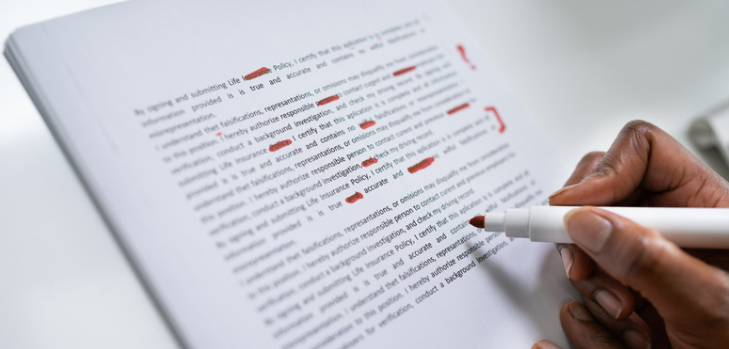
This is something else that I’d change. When I first started learning the Spanish language, I took a brute-force approach and just used the language, letting my mistakes slowly fix themselves. However, I think I could have done this way better.
One of my main weaknesses in Spanish is the formal use of the language. I don’t know the rules of writing or grammar or spelling. This doesn’t really affect my ability to communicate, but it does limit some of the things that I can do.
I struggled a lot and felt unnatural for a long time, and I don’t think I would have gotten over it without moving to a Spanish-speaking country. That’s not great since it’s not an option for many learners. But it didn’t have to be that way!
Instead, if I could start over again, I’d:
- Work with tutor long-term—focusing on writing and orthography.
- Analyze my mistakes when speaking and writing.
- Write formally in Spanish, focusing on sharing complex ideas in clear ways.
- Record videos in Spanish to practice my script-writing skills and ability to explain a wide variety of topics.
I Hope This Helps!
That about covers how I’d re-learn Spanish if I ever had amnesia that only affected my ability in the language!
To sum it up, I’d:
- Focus on the fundamentals by learning common vocabulary and grammar patterns.
- Watch and read tons of content in Spanish—especially with Dreaming Spanish!
- Use Anki to study common vocabulary and sentence-mining words from media.
- Chat with native speakers using crosstalk.
- Wait to speak Spanish until I could effortlessly understand Spanish.
- Practice writing and speaking intentionally with a tutor by analyzing mistakes and correcting errors.
One last thing…
If you’re learning Spanish, you should join our official Refold Spanish Discord community! I haven’t seen a more helpful bunch of learners. It’s the best place on the internet to meet other learners, make friends, and chat about all things learning Spanish! Click here to join. We’d love to see you there!
Like what you see?
Sign up now and we'll deliver even MORE amazing content like this right to your inbox!
- Receive our exclusive 6 SECRETS to language learning success email course.
- Stay motivated with weekly emails overflowing with helpful language-learning tips, tutorials, and more!
- Get behind the scenes access into the inner workings of Refold!




